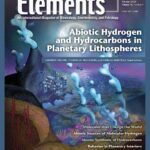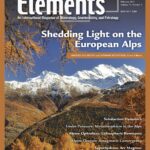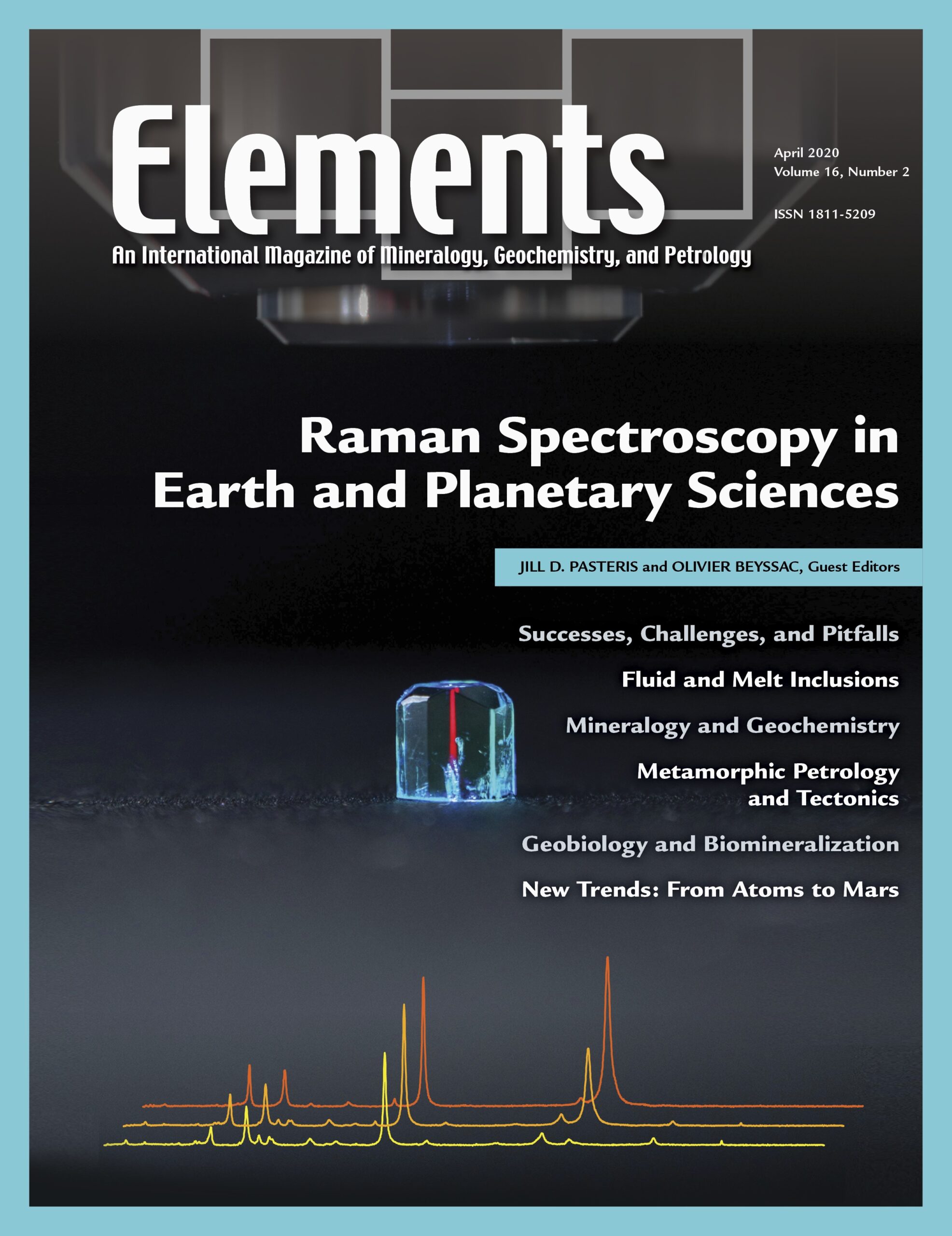
Abiotic Hydrogen And Hydrocarbons In Planetary Lithospheres, February 2020, Vol. 16, No. 1
June 28, 2024
Shedding Light On The European Alps, February 2021, Vol. 17, No. 1
June 28, 2024Raman Spectroscopy In The Earth And Planetary Sciences, April 2020, Vol. 16, No. 2
$20.00
The application of Raman (microprobe) spectroscopy in the geosciences has rapidly broadened and deepened over the past 40 years. This has been sparked by both improvements in technology and recognition of the quantitative, as well as qualitative, capabilities of the technique.
Raman Spectroscopy In The Earth And Planetary Sciences
April 2020, Vol. 16, No. 2
The application of Raman (microprobe) spectroscopy in the geosciences has rapidly broadened and deepened over the past 40 years. This has been sparked by both improvements in technology and recognition of the quantitative, as well as qualitative, capabilities of the technique. Raman spectroscopy claims relative ease of use; is typically nondestructive at the (sub-)micrometer scale; has the ability to analyze solids, liquids, and gases; can differentiate polymorphs; and can enlarge the available spectral databases for minerals. Geoscientists can create Raman maps/images based on selected spectral features, which simultaneously capture chemical–structural and microtextural information. In a single sample, one may investigate quantitatively the P–T path history during metamorphism, determine the composition and internal pressure of mixed volatiles in micrometer-size fluid inclusions, study the strain pattern or radiation damage in minerals, and/or target possible biosignatures.
Why You’ll Love Elements Magazine:
- Expert Contributors: Articles written by renowned researchers in the field of geoscience.
- Engaging Content: Join a community of readers who are passionate about Elements.
- Exceptional Quality: Each issue is printed on high-quality paper with stunning visuals and detailed illustrations that bring complex scientific concepts to life.
Order your copy of the April 2020 issue of Elements magazine today and explore Raman spectroscopy in the Earth and planetary sciences.
Related products
-
Platinum-Group Elements, August 2008, Vol. 4, No. 4
$20.00The geoscientific and economic significance of the PGE is immense. Due to their extreme siderophile and chalcophile behaviour, the PGE are highly sensitive tracers of geological processes involving metal and sulfide phases.
-
Zircon – Tiny But Timely, February 2007, Vol. 3, No. 1
$20.00Where would Earth science be without zircon? As Earth’s timekeeper, zircon has proven to be a remarkable and versatile mineral, providing insights into deep time and ancient Earth processes. However, there is still much to learn about Earth’s history from zircon and its behaviour.
-
Diamonds, March 2005, Vol. 1, No. 2
$20.00Diamond, the fascinating ultrahard mineral, is the focus of considerable interest and scientific research. Recent advances particularly relevant to geoscientists include: diamond as a recorder of Earth processes from the perspective of inclusions, chemistry, and conditions of formation; synthesis for research applications and processing to modify color and physical properties, important to diamond gems and anvils; the implications of nanodiamonds from meteorites.




